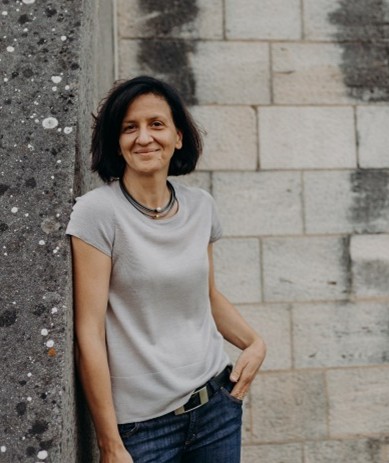How has the field of natural product discovery changed since you began your career?
When I began my PhD, the internet had just been introduced, access to information was limited, and most data analysis was still done manually. At that time, natural product discovery was largely driven by classical microbiology, fermentation, and painstaking compound isolation and characterization. Today, the field has undergone a profound transformation: bioinformatics has become central to natural product research. We now routinely mine genomes for biosynthetic gene clusters and use advanced algorithms, including AI-based tools, to predict novel metabolites and their potential bioactivities before even culturing an organism. This shift has vastly accelerated the pace of discovery and opened doors to previously untapped microbial diversity. However, this increased speed and reliance on computational tools also brings new challenges. The pressure to keep up with rapidly evolving technologies can be overwhelming, and there’s a risk that in silico predictions overshadow the value of hands-on experimental validation. Nevertheless, the integration of bioinformatics and AI into natural product discovery has undeniably reshaped the field, offering powerful new tools, while also requiring us to adapt our ways of working and thinking.
What led you to specialize in your particular field of study?
My interest in antibiotic research was sparked early in my academic career by the realization that microorganisms are an incredible source of structurally diverse and biologically active natural products. I was particularly fascinated by the fact that bacteria produce antibiotics not just as chemical weapons, but as part of complex ecological interactions, and that we can use these molecules to treat life-threatening infections. What really motivated me to specialize in this field was the growing global crisis of antibiotic resistance. The idea that we were running out of effective treatments for common bacterial pathogens made me realize that this area of research was not only scientifically fascinating, but also socially and medically urgent. Over time, my focus shifted more specifically to the discovery and biosynthesis of novel antibiotics - especially those with new modes of action. The more I learned about how microbes assemble such complex molecules using specialised biosynthetic gene clusters, the more I wanted to understand and manipulate these pathways. This led me to integrate molecular biology, enzymology and, more recently, genome mining into my work. Today, I'm particularly interested in uncovering cryptic or overlooked antibiotics encoded in microbial genomes and understanding the enzymatic logic behind their biosynthesis - both to discover new compounds and to explore ways to produce them more efficiently.
What’s a big question you hope to answer in your research in the next 5–10 years?
One of the major questions I hope to address in the coming years is why bacteria organize their biosynthetic gene clusters (BGCs) the way they do. We know that BGCs encode the enzymatic machinery for producing complex natural products, including antibiotics, but what remains unclear is whether the composition and arrangement of these BGCs is the result of random evolutionary events (such as gene duplication, horizontal gene transfer, and recombination) or whether there are underlying selective pressures or functional constraints that shape and maintain their structure. Understanding the logic behind BGC architecture could fundamentally change how we discover and engineer natural products. Are certain enzyme combinations more likely to co-occur because they offer a biosynthetic advantage? Are BGC boundaries influenced by regulatory mechanisms, ecological context, or metabolic integration within the host organism? These are questions that not only touch on microbial evolution and genome organization but also have practical implications for synthetic biology and antibiotic development. By integrating comparative genomics, evolutionary analysis, and functional characterization of biosynthetic pathways, I hope to uncover patterns and principles that govern the assembly and evolution of BGCs. This knowledge could help us better predict the functions of uncharacterized clusters and guide the design of novel pathways for the production of new antibiotics.
If you could be any natural product compound, what would you be and why?
I'd be vancomycin: complex, highly structured and only used when things get serious. Being known as the "antibiotic of last resort" definitely gives you a certain dramatic flair.

